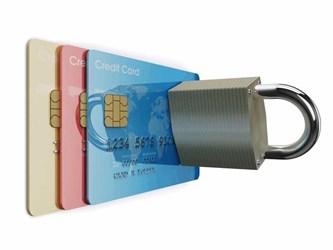EMV Migration Is Changing Everything
By Jeremiah Shea, contributing writer

The migration to EMV chip technology in the U.S. is changing the payments landscape. As consumer’s experience and adapt to the new process, businesses are evolving to make the payment itself as easy as possible. With the competitive nature of the ever-present online store, the last things a merchant wants in are an added barrier, frustration, or detraction point. The demand for a smooth flow is pushing developments in mobile payments merchants are eager to adopt.
This past week, the Retail Solutions Providers Association (RSPA) hosted a webinar on mobile payments and EMV in the US. Justin Zeigler, Director of Product Development and Marketing at Datacap Systems Inc., delivered content covering how the two technologies are helping push an ultimate end goal of convenient and secure payment.
Given Datacap’s thirty plus years in payments and their wide (500K+) install base, their perspective is a trusted look into how merchants, and in turn VARs, should be approaching their payment strategies.
Zeigler began with an overview of where things currently stand, explaining that as of March of this year only 17 percent SMBs have upgraded to EMV. On the mobile front, 44 percent of merchants are requesting mobile payments with Apple Pay being the most prominent. And, even though almost half of merchants are requesting this technology, only 55 percent of VARs and ISVs currently offer this option.
Why the lag when demand is present and only going to grow?
Well, the knee-jerk reaction to consumer’s painful first taste of EMV has been said to be remedied by mobile payments — other countries in Europe are certainly seeing the cause and effect. A tap of a phone is certainly quicker than the time it takes to dip an EMV card, while supporting the same benefits. Zeigler points out, however, consumer adoption of the NFC technology has been slower stateside.
Out of all the people with a device that supports mobile payment, only one in five uses it at least once a week. There’s simply not enough value right now with it being just as convenient for a consumer to use a card in today’s world. Only recently have we seen the mobile wallet pay-only thought challenged with discussions around adding security, rewards, loyalty, and more. And as more consumers experience a frustratingly lengthy EMV payment, the allure of mobile payment’s ease, and soon to be additional value, will grow.
The other thing holding up the progression is, simply, development. There’s a call to do it, but the certification process for EMV is causing a bottleneck. Not only that, the straight-ahead, counter top terminal was every company’s first device through the EMV gate given the current need.
Regardless, the dust is not even close to settling in the payments space. EMV is in its infancy in the U.S., as are mobile payments for that matter. Consumer education and understanding is lagging, but all entities (consumer, merchant, manufacturers, and solution providers) are in a trial and error phase trying to figure out what works. For those who can step back and see the bigger picture, there’s certainly a lot to be excited about in terms of the future of payments and where it will eventually land. The obvious hope and end goal always being a seamless, frictionless payment experience for the consumer and merchant.
